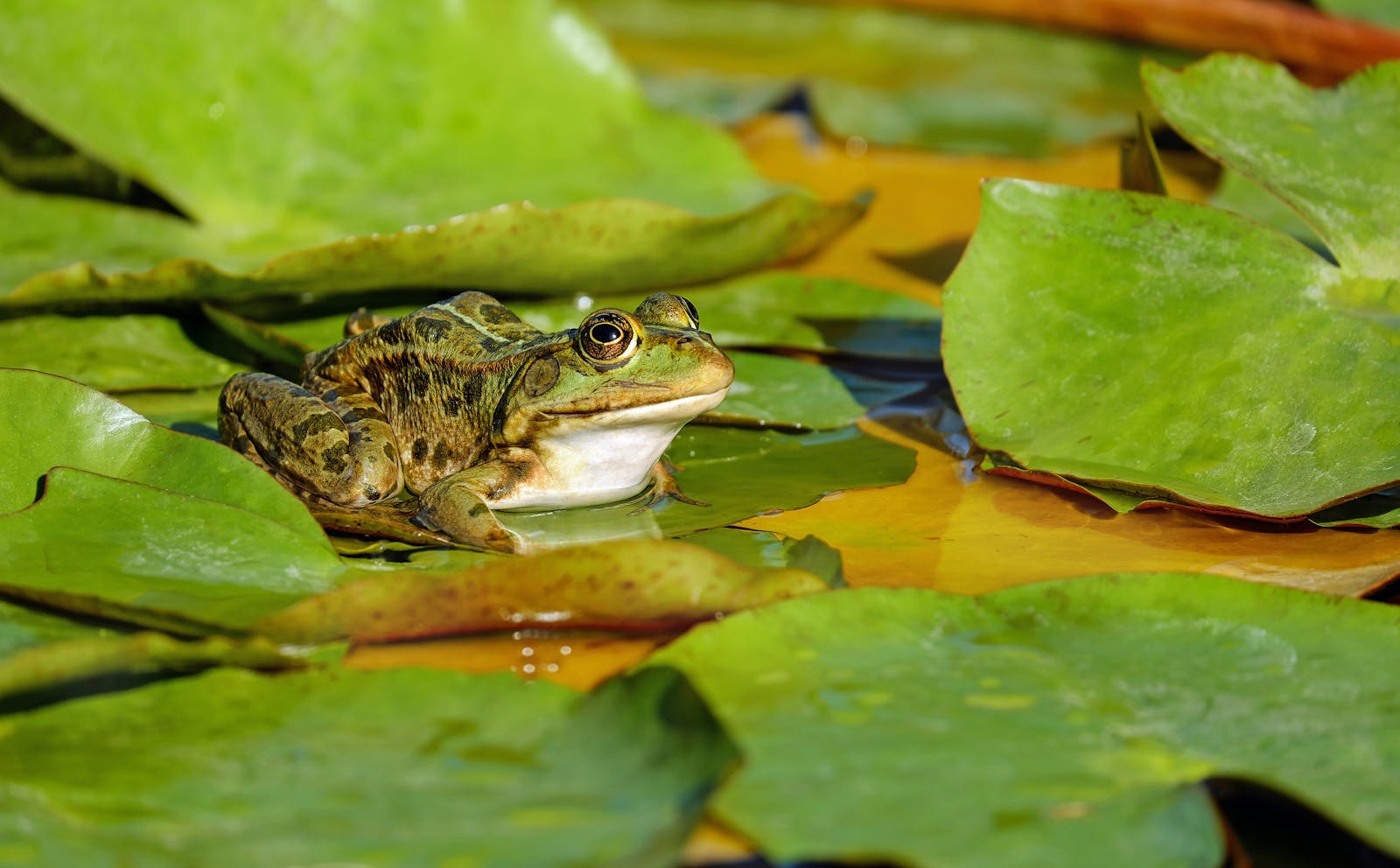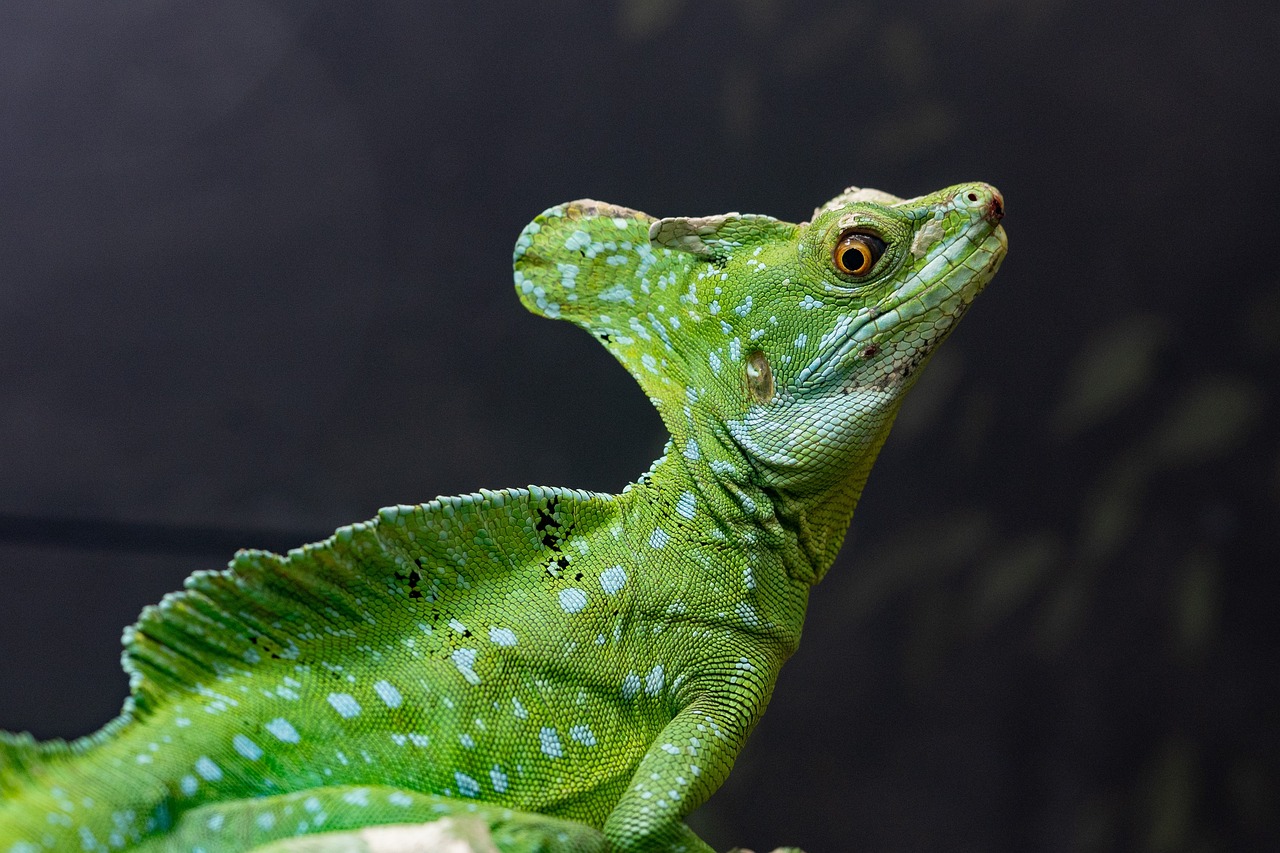Proper hydration is one of the most crucial yet often overlooked aspects of reptile care. Unlike mammals, reptiles have unique hydration needs that vary significantly between species. From desert-dwelling bearded dragons to tropical tree frogs, each reptile has evolved specific adaptations for water intake that we must accommodate in captivity. Without proper hydration, reptiles can suffer from serious health issues including kidney disease, difficult shedding, and respiratory problems. By understanding and implementing various hydration strategies, you can ensure your scaly friend remains healthy, active, and thriving in their home environment.
Understanding Your Reptile’s Natural Hydration Habits
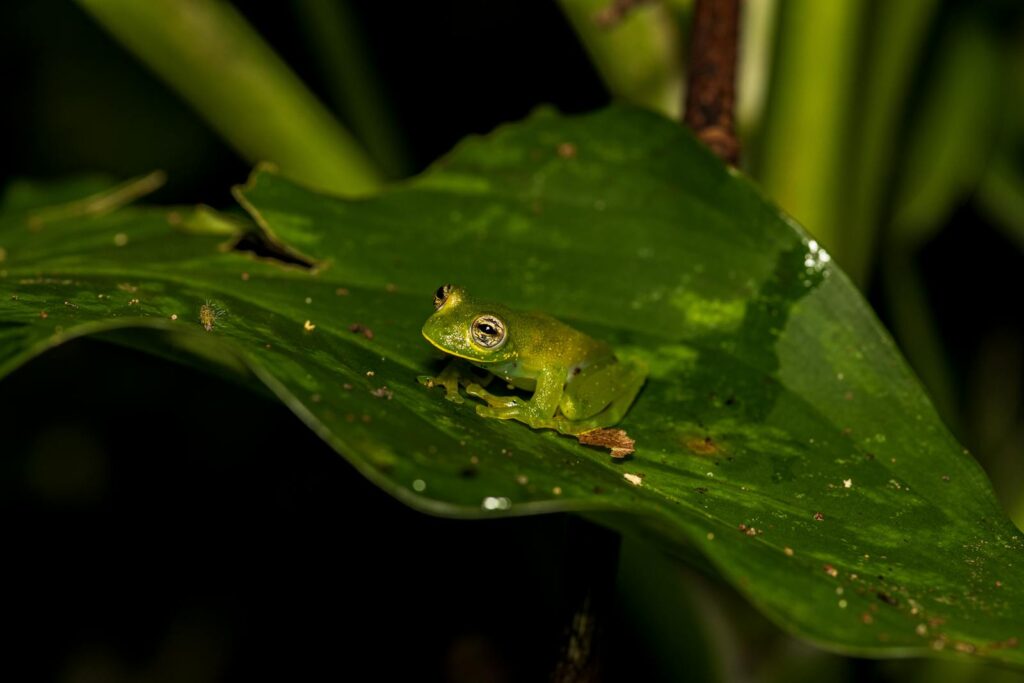
Before implementing hydration methods, it’s essential to understand how your specific reptile species hydrates in the wild. Desert species like leopard geckos often derive moisture from their food and morning dew rather than standing water. Tropical species such as green tree pythons may drink from rainfall collected on leaves or soak in small pools. Aquatic turtles absorb water through their skin and cloaca while swimming, supplementing this with direct drinking. Research your specific reptile’s natural habitat and drinking behaviors to provide the most appropriate hydration methods. This knowledge serves as the foundation for creating an effective hydration plan tailored to your pet’s evolutionary needs.
Providing a Proper Water Dish
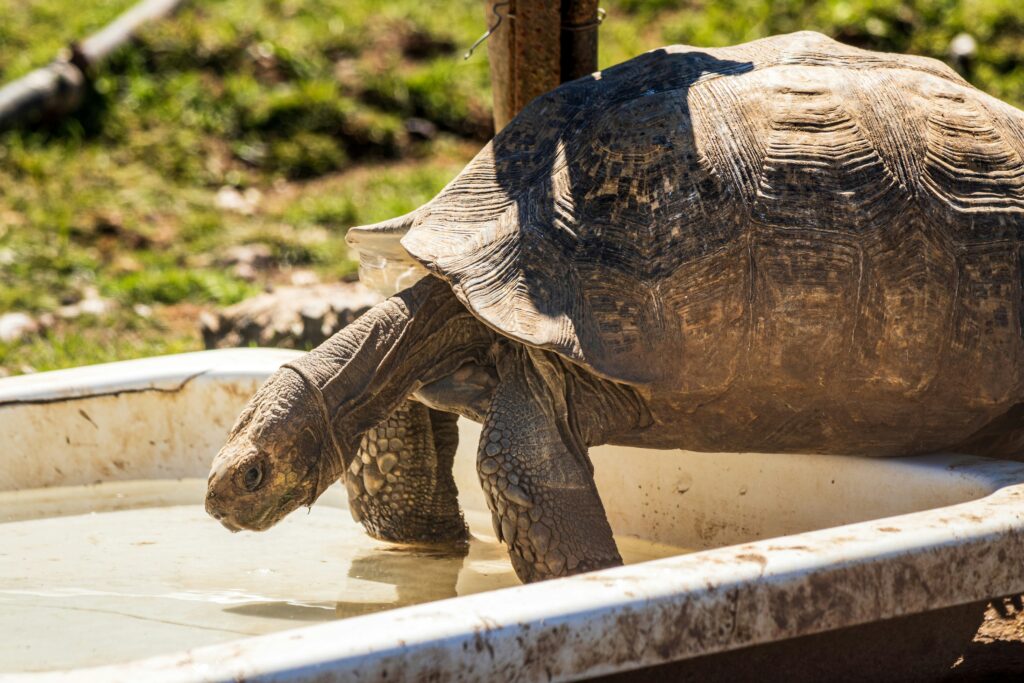
A clean, appropriately sized water dish is fundamental for most reptile species, though requirements vary significantly. For terrestrial species like bearded dragons and tortoises, use shallow dishes that prevent drowning while allowing easy access. Arboreal species such as chameleons may ignore ground-level water, requiring elevated dishes or dripping systems that mimic raindrops on leaves. For larger reptiles like monitor lizards, provide water dishes substantial enough for partial soaking. Ensure the dish is heavy enough that it won’t tip over and place it in a location that won’t be contaminated by feces. Clean and refresh the water daily, as reptiles often defecate in their water, creating harmful bacterial growth.
Misting for Tropical Species
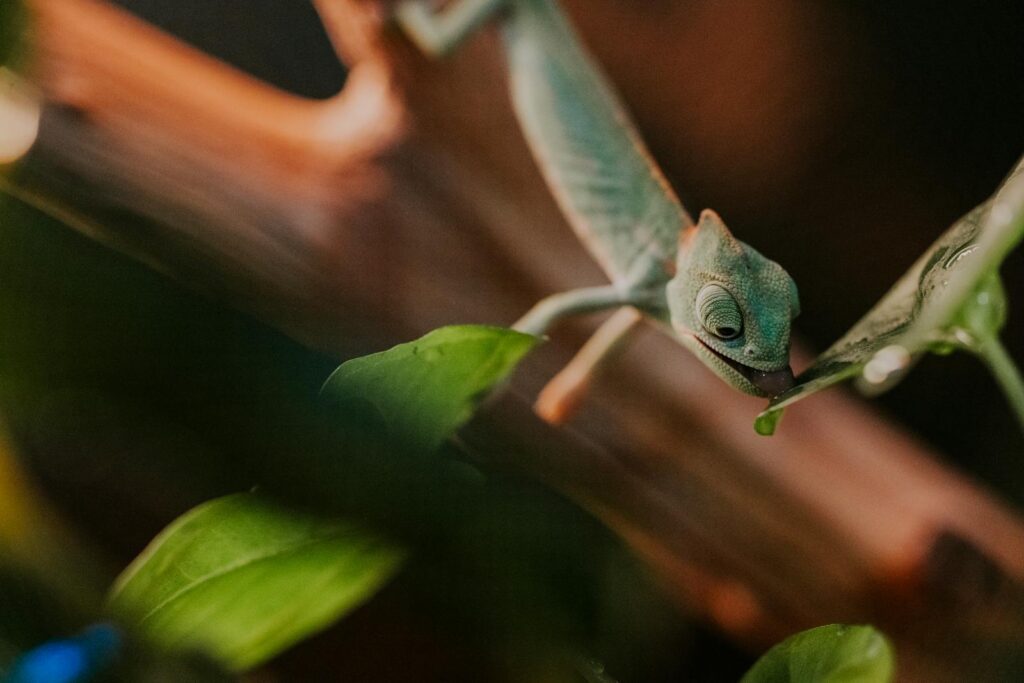
Regular misting is essential for tropical reptile species that naturally obtain water from rainfall or morning dew. Species like chameleons, day geckos, and many arboreal snakes will drink water droplets that collect on their enclosure surfaces and plants. Use a hand mister or automated misting system to spray the enclosure 1-3 times daily, depending on species requirements and the enclosure’s ability to maintain humidity. Room temperature or slightly warm water is ideal, as cold water can shock your reptile’s system. Many reptiles will begin licking surfaces immediately during misting, showing how effective this method is for encouraging hydration. For precision watering, direct mist toward areas where your reptile can easily access the droplets, such as leaves and branches.
Creating Proper Humidity Levels
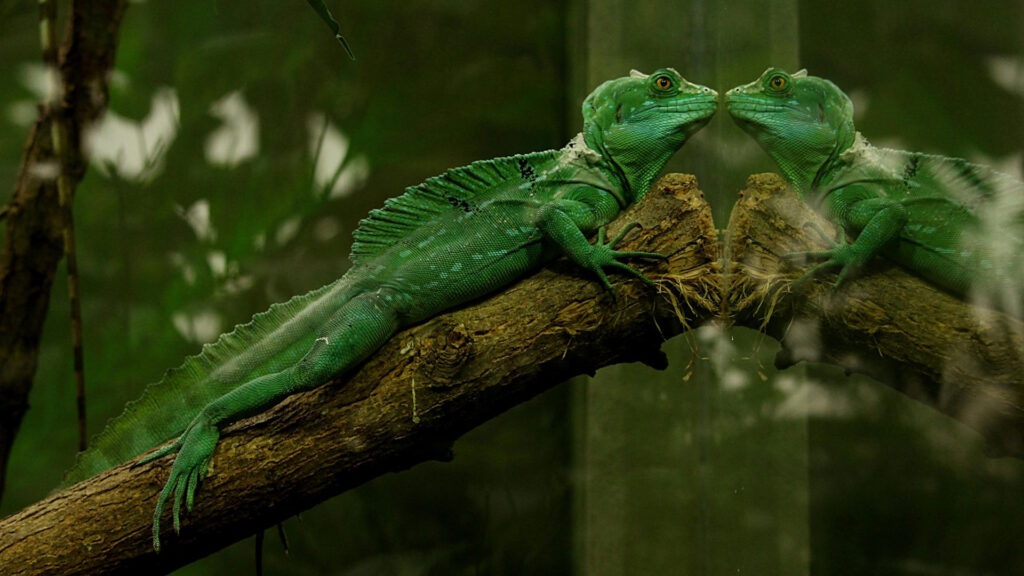
Maintaining appropriate humidity levels is crucial for hydration, especially for species from tropical environments. Proper humidity helps with shedding, respiratory health, and allows for water absorption through the skin for many species. Use a reliable hygrometer to monitor humidity levels, aiming for the specific range recommended for your species—typically 40-60% for desert species and 60-90% for tropical reptiles. Incorporate moisture-retaining substrates like coconut coir, cypress mulch, or sphagnum moss to help maintain consistent humidity. For naturally arid-dwelling species, create a humidity hide filled with damp moss where they can retreat when needing higher humidity for shedding while maintaining a drier overall environment. Remember that consistently excessive humidity can lead to respiratory infections and scale rot, while insufficient humidity causes dehydration and shedding difficulties.
Bath Time Benefits
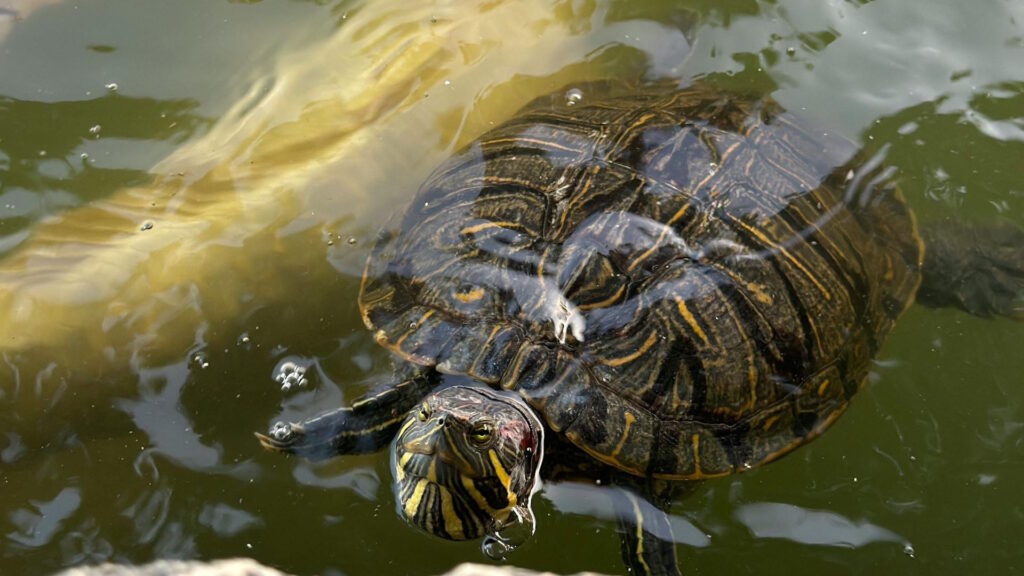
Regular shallow baths provide excellent hydration opportunities for many reptiles, especially those that may not drink regularly from standing water. For terrestrial species like bearded dragons, tortoises, and many snakes, prepare a shallow bath of lukewarm water (around 85-90°F for most species) no deeper than their shoulders or mid-body. Allow them to soak for 15-20 minutes, ensuring their head remains completely above water and they can easily exit if desired. Many reptiles will drink during bath time and absorb water through their cloaca and skin, making it an effective hydration method even if they don’t appear to be drinking. Bathing is particularly beneficial during shedding periods when additional hydration can help loosen stuck shed. After bathing, gently pat your reptile dry with a soft towel before returning them to their enclosure to prevent substrate from sticking to their wet body.
Offering Hydrating Foods
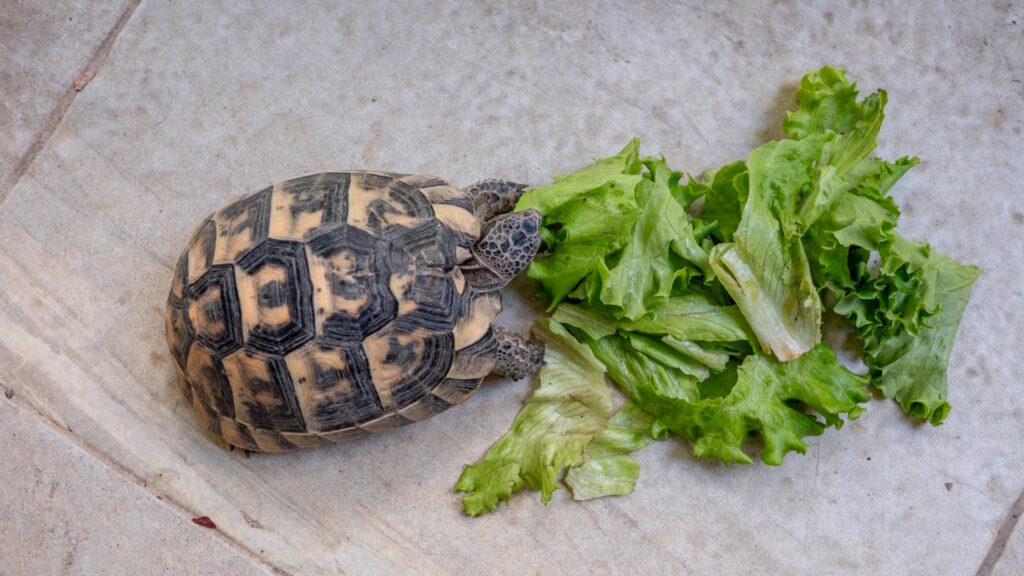
Food can be an excellent source of hydration, especially for reptiles that rarely drink from standing water. For herbivorous reptiles, offer water-rich vegetables and fruits such as cucumber, watermelon, bell peppers, and leafy greens with high moisture content. For insectivorous species, feed gut-loaded insects that have been raised on moisture-rich foods, enhancing their water content. Some insect feeders can also be offered “water crystals” (water-absorbing polymers) before feeding to increase their hydration value. For carnivorous reptiles, consider occasionally offering previously frozen prey items that have been thawed in warm water, which increases their moisture content compared to dry pre-killed prey. During times of stress, illness, or shedding, deliberately increasing the proportion of high-moisture foods can help support your reptile’s hydration needs.
Drip and Waterfall Systems

Drip systems and small waterfalls are excellent for stimulating natural drinking behaviors in many reptile species, particularly arboreal ones like chameleons and crested geckos. These systems create moving water that catches reptiles’ attention and mimics their natural drinking sources in the wild. Commercial drip systems can be programmed to release water droplets at timed intervals, while small pump-operated waterfalls create constant water movement. The sound and movement of water often trigger drinking responses even in reptiles that ignore standing water. These systems also help maintain appropriate humidity levels, serving dual purposes in tropical enclosures. When installing such systems, ensure they don’t create overly wet areas in the enclosure that could lead to bacterial growth or mold, and regularly clean all components to prevent biofilm buildup.
Monitoring and Recognizing Dehydration
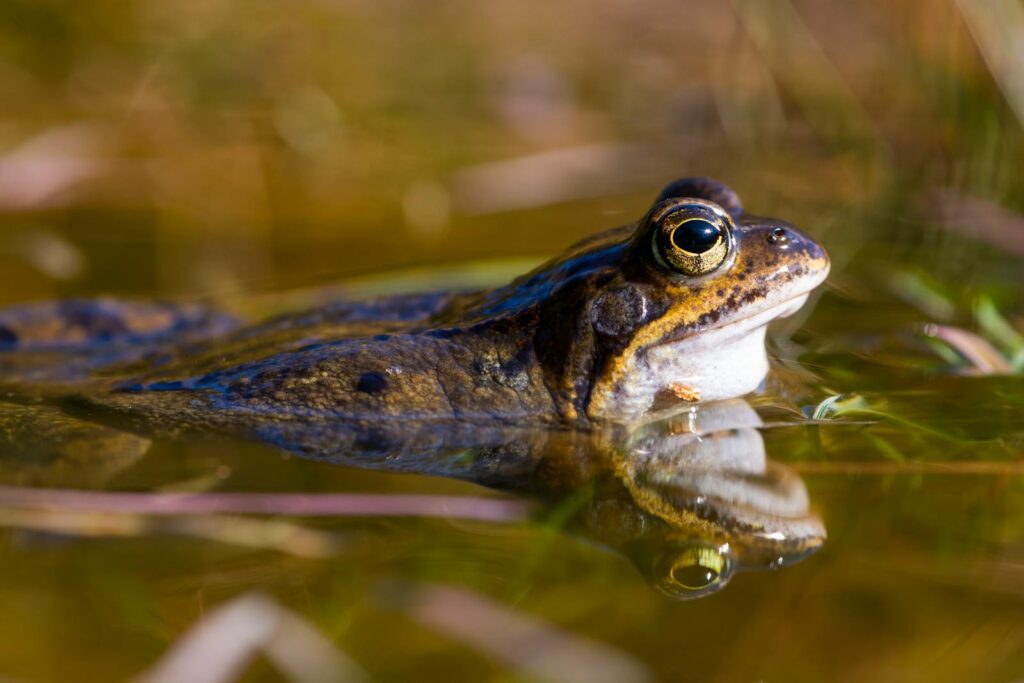
Being able to recognize the signs of dehydration is critical for proactive reptile care and might save your pet’s life. Early symptoms include wrinkled, puckered, or less elastic skin, sunken eyes, sticky or thick saliva, and lethargy. More advanced dehydration may present as constipation, difficulty shedding with retained patches of skin, decreased appetite, and concentrated or reduced urine and feces. Weight loss is another key indicator, so regular weighing of your reptile can help catch hydration issues early. If you suspect dehydration, increase environmental humidity, offer supervised soaking sessions, and consult a reptile veterinarian if symptoms don’t improve quickly. Severe dehydration may require veterinary intervention with subcutaneous fluids or other medical treatments, as it can rapidly become life-threatening.
Seasonal Hydration Adjustments
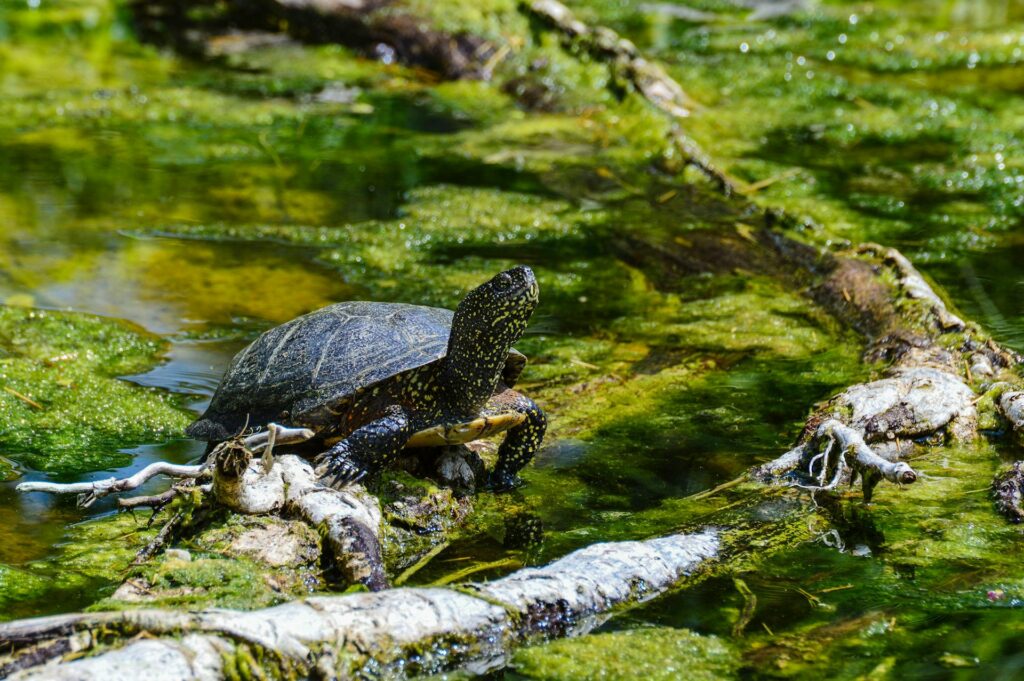
Many reptiles require different hydration strategies throughout the year, reflecting seasonal changes in their natural habitats. During winter months when indoor heating reduces ambient humidity, you may need to increase misting frequency, add additional water sources, or use a humidifier near the enclosure. During shedding periods, which often follow seasonal patterns, temporarily increase humidity levels and offer more frequent soaking opportunities to assist with the process. For species that brumate (a reptilian form of hibernation), proper hydration before and during this period is crucial, though feeding typically stops or decreases. Some breeding behaviors are triggered by seasonal hydration changes, such as increased rainfall stimulating breeding activity in certain species, which can be simulated in captivity through modified misting schedules.
Specialized Hydration for Difficult Species
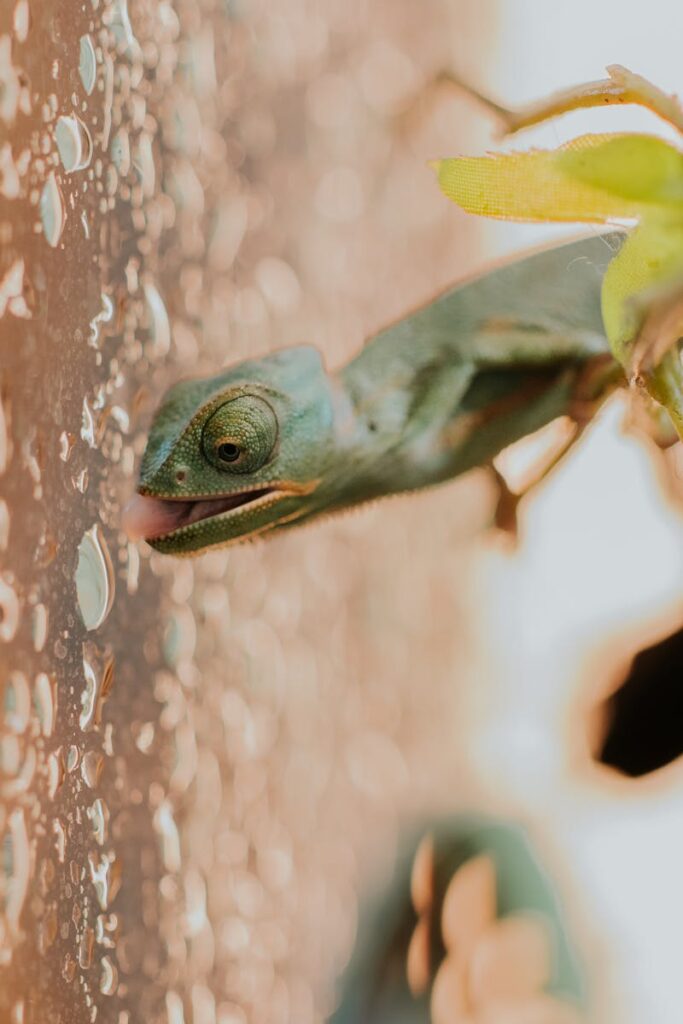
Some reptile species present unique hydration challenges requiring specialized approaches. Chameleons often refuse to drink from standing water but will readily drink from water droplets on leaves or from moving water systems. For these specialized drinkers, try using a dripper system aimed at leaves where droplets can collect. Certain desert species like horned lizards have evolved to channel rainwater to their mouths through specialized scales; for these reptiles, direct misting of their heads can help them drink. Aquatic species like musk turtles may require both swimming water and a separate, shallow drinking area with fresh water. For reluctant drinkers, try flavoring water with small amounts of natural fruit juice or reptile electrolyte solutions, gradually reducing the flavoring as they develop better drinking habits.
Creating Microhabitats for Hydration
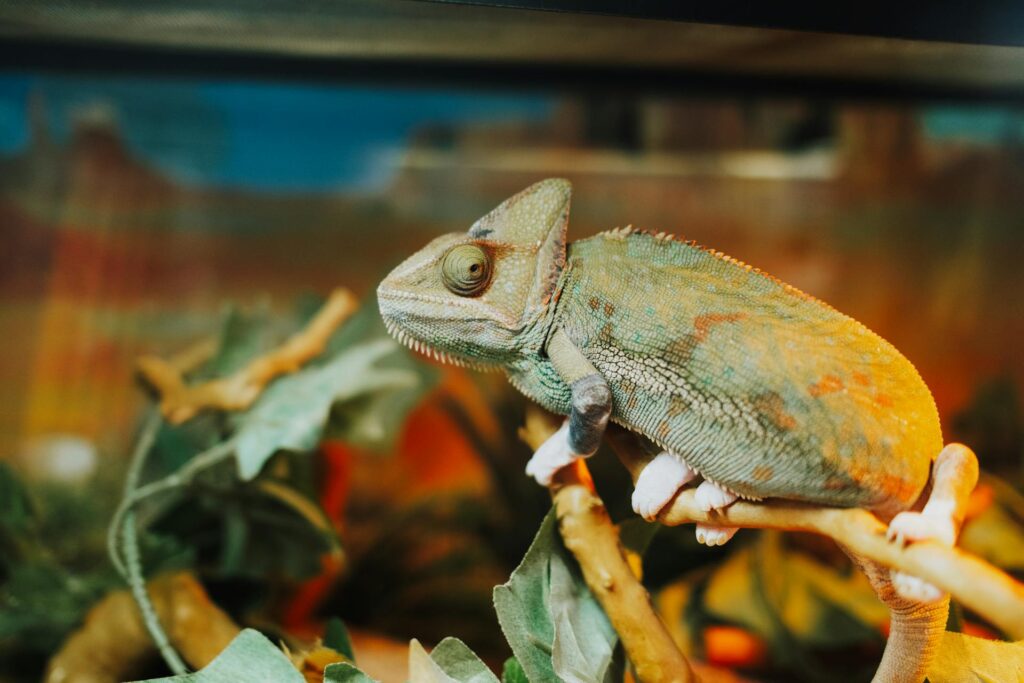
Effective reptile enclosures should include various microhabitats with different hydration levels, allowing your pet to self-regulate its moisture exposure. Incorporate a moisture gradient by keeping one side of the enclosure more humid than the other through strategic placement of water dishes, plants, and misting. Create dedicated humid hides using containers filled with damp sphagnum moss where reptiles can retreat when needing additional moisture, particularly during shedding. For desert species that need overall dry conditions but occasional humidity, place these humid retreats on the cooler side of the temperature gradient. Include live plants in tropical enclosures, which naturally release moisture through transpiration and create humid microenvironments around their leaves. These varied moisture zones allow reptiles to seek out their preferred hydration level, mimicking the diverse microhabitats they would utilize in nature.
Hydration During Travel and Emergencies
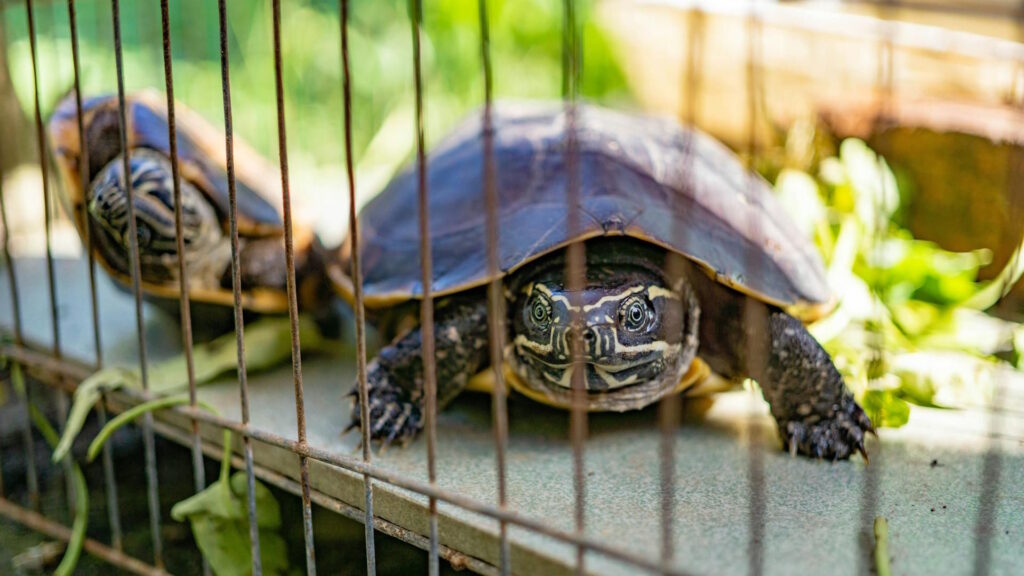
Maintaining proper hydration during transportation or emergency situations requires advance planning and specialized techniques. For short trips, soak your reptile before departure and include moisture-retaining substrates like damp paper towels or sphagnum moss in their travel container. For longer journeys, incorporate portable hydration solutions such as small water dishes with non-spill designs or water-soaked fruits appropriate for your species. During power outages that affect heating and humidification systems, use battery-operated misters, pre-dampened towels, or manual misting to maintain hydration levels. Keep emergency supplies on hand, including electrolyte solutions specifically formulated for reptiles that can quickly address developing dehydration. For severely dehydrated reptiles in emergency situations, veterinarians can administer subcutaneous fluids, so know the location of the nearest exotic animal veterinarian.
Conclusion: Consistent Hydration for Reptile Wellness
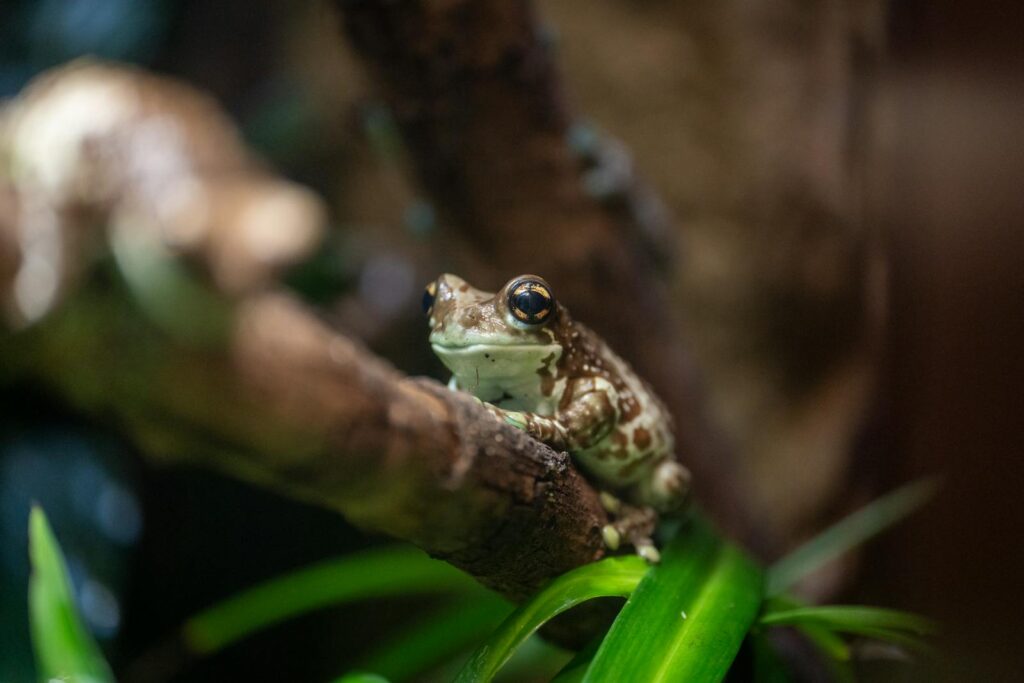
Proper hydration forms the cornerstone of reptile health, influencing everything from digestion and shedding to kidney function and overall vitality. By implementing a combination of appropriate water dishes, misting routines, humidity control, and species-specific hydration techniques, you can ensure your reptilian companion remains well-hydrated throughout their life. Remember that hydration needs may change with age, seasons, and health status, requiring ongoing observation and adjustments to your care routine. Take time to learn your individual reptile’s preferences and behaviors around water, as they often develop personal hydration habits. With thoughtful attention to this fundamental aspect of reptile husbandry, you’ll help your scaly friend thrive with proper hydration supporting their health and happiness for years to come.

